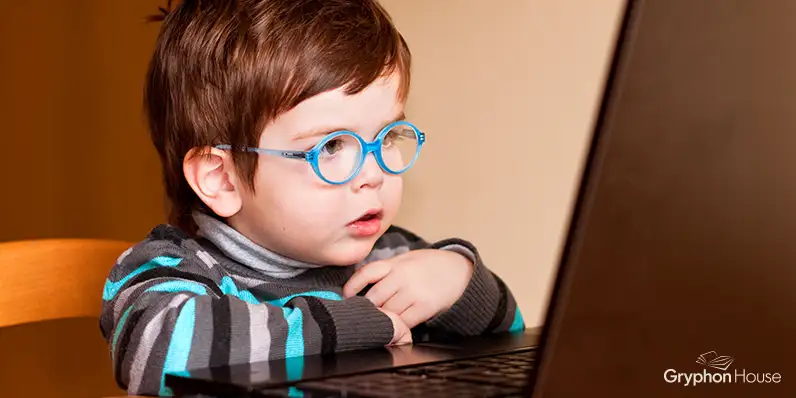Build children’s knowledge of engineering and technology through creative play! When connected to other learning areas and what children find interesting, children can make connections between the different content areas and gain knowledge in engineering and technology.
Build children’s knowledge of engineering and technology through creative play! Early childhood teachers are often unsure about when and how they should introduce children to engineering and technology because the subjects are thought of as being too complex for children. Simple engineering and technology concepts can, however, be introduced and taught to children. When connected to other learning areas and what children find interesting, children can make connections between the different content areas and gain knowledge in engineering and technology.
Creative Investigations in Early Engineering and Technology is a resource educators can use to introduce engineering and technology concepts to children in creative ways that will not be too complex.
Game 1: If, Then (Version of Monkey See, Monkey Do Game)
Objective:
Children will learn about “if, then, else” statements to understand the role of a computer programmer and how computers, games, and apps work.
Activity Steps:
- Invite the children to work as a whole group. Choose one child to be the computer programmer and the rest of the children will be computers. In this round of the coding games, the children will do simple see-and-repeat activities.
- First, the programmer touches her nose, and the computers touch their noses. Remind the children to repeat the programmer’s actions exactly as demonstrated and to stop when the programmer stops.
- Let the programmer continue to model actions. The programmer can call out “if” as she shows her action, and the children can reply with “then” as they repeat the action. Make sure every child has the chance to be both a programmer and a computer.
Game 2: If, Then (Different Action)
Activity steps:
- Invite the children to work as a whole group, and choose one child to be the computer programmer and the rest of the children will be computers.
- In this round of the coding games, the children will be doing a more complex activity: the programmer will tell the computers an opposite reaction to her action. For example, the programmer jumps, but the computers walk backward.
- As you introduce the game, keep it simple and have the programmer choose only one action/reaction sequence. As the children become more familiar with the game, each programmer can choose two or more sequences, and the children will have to hold those in their memories. For example, “Jump then walk backwards and touch their noses and do jumping jacks.”
Extension Lesson:
As children gain experience with the games, you can introduce an “if, then, else” round in which the programmer details two choices for reactions (for example, the programmer touches her toes and computers either twirl (then) or clap (else).

